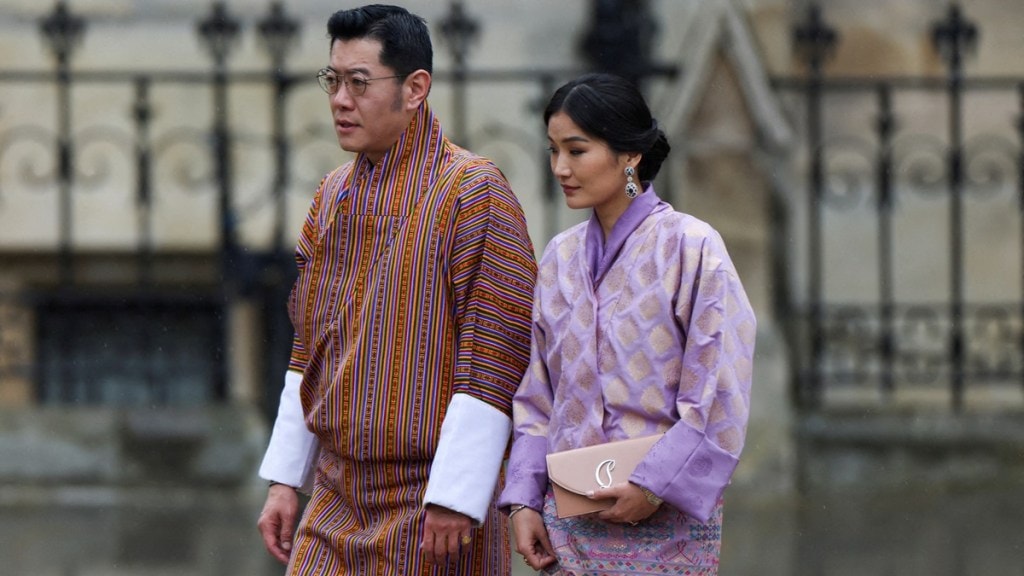Bhutan’s King Jigme Khesar Namgyel Wangchuck is set to embark on a significant week-long visit to India, reinforcing the deep-rooted friendship and cooperation between these two neighbouring nations. His visit, commencing on a Friday, includes crucial meetings with India’s Prime Minister Narendra Modi, External Affairs Minister S. Jaishankar, and other senior government officials. This royal visit is a testament to the exceptional ties that bind these nations, defined by mutual trust and understanding, and it promises to pave the way for even greater cooperation across diverse sectors.
The 43-year-old Bhutanese monarch will be accompanied by Queen Jetsun Pema and their two sons, enhancing the warmth and personal touch of this visit. Their itinerary is nothing short of remarkable, with visits to Assam and Maharashtra. The royal family’s presence adds a unique dimension to this visit, fostering cultural exchanges and strengthening the personal rapport between the leaders.
King Jigme Khesar Namgyel Wangchuck and Prime Minister Narendra Modi have previously shared productive discussions that have solidified their nations’ bonds. Their interactions during the heightened Doklam issue had produced a comprehensive five-point roadmap for advancing their “time-tested” relationship. This visit presents an opportunity to build upon these foundations of mutual respect, trust, and understanding.
India’s and Bhutan’s security concerns have always been intertwined, and their history of close consultations on shared interests is a testament to their commitment to each other’s well-being. Both nations are determined to strengthen their economic and development partnership, with India offering financial support for Bhutan’s 13th five-year plan and other essential projects.
The areas of trade and connectivity are pivotal in this partnership, including air, rail, digital connectivity, inland waterways, and people-to-people exchanges. They are exploring new horizons in energy cooperation, focusing on hydro-power and renewable energy sources. Additionally, sustainable trade facilitation measures are on the agenda, showcasing the depth of their collaboration.
Beyond these conventional areas, discussions will also explore cooperation opportunities in sectors such as start-ups, STEM education, and space exploration. This reflects the ever-evolving nature of India and Bhutan’s friendship, transcending traditional boundaries to embrace new frontiers.
Moreover, India’s commitment to Bhutan extends to supporting its five-year plan, signifying the unwavering support for the Himalayan Kingdom’s growth and development. The provision of a stand-by credit underscores the robust financial backing India is extending.
A significant milestone in their cooperative journey is the Kokrajhar-Gelephu rail link project. This rail connectivity initiative will enhance their economic ties and physical connectivity, symbolizing the practical and forward-looking approach both nations embrace.
In conclusion, Bhutan’s King Jigme Khesar Namgyel Wangchuck’s visit to India serves as a testament to the enduring partnership between these two nations. The warmth and depth of their relations, underpinned by mutual trust and respect, are evident in their discussions and agreements across various sectors. This royal visit reinforces their shared commitment to fostering friendship, cooperation, and progress in the region.

